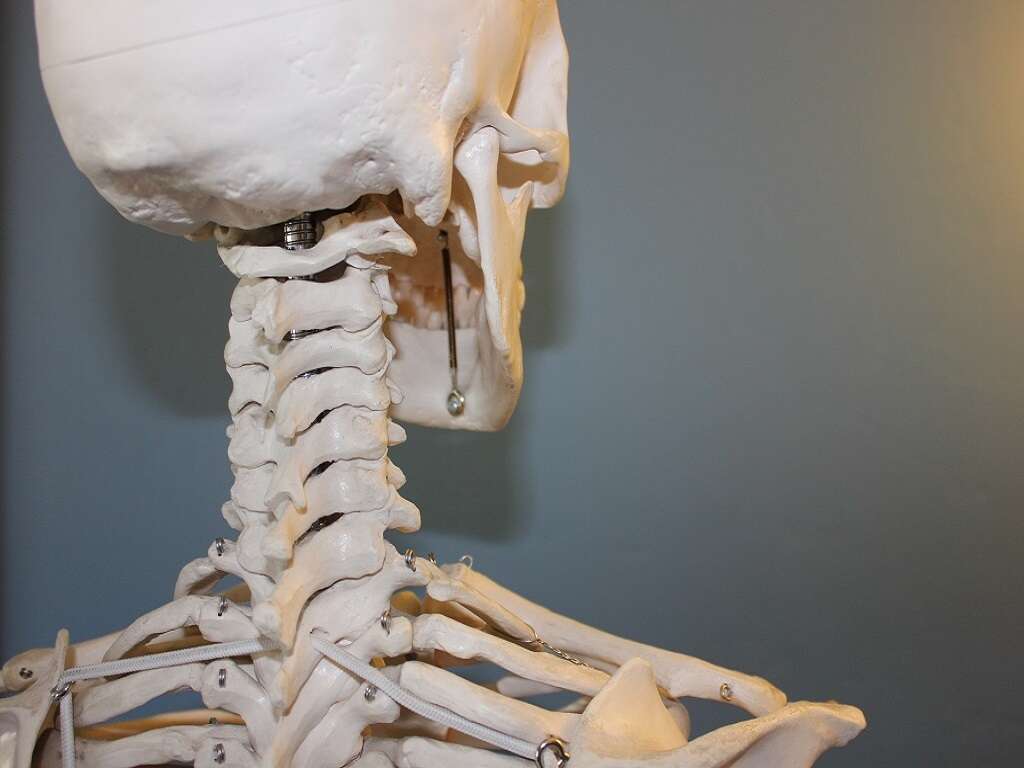10 Polio Symptoms
Polio is a medical condition that’s also referred to as poliomyelitis and infantile paralysis. The condition, caused by a virus, is extremely contagious and can lead to a number of debilitating symptoms and, if untreated, be fatal. There are two classifications of polio: asymptomatic and symptomatic. The majority of cases of polio are asymptomatic, meaning that they don’t cause any symptoms. The other few cases—somewhere between 4 and 8 percent—are symptomatic and can cause a number of problems.
Polio, fortunately, has been eliminated in almost every country in the world. The three countries still known to contain an active polio virus are Nigeria, Pakistan, and Afghanistan, so anyone traveling to these areas should be wary of contracting the illness—especially pregnant women, who are more likely to contract polio than other people. Unfortunately, even for those who experience asymptomatic polio, the majority of people who get the disease will experience what’s known as post-polio syndrome. This condition, which affects more than half of all people who contract polio, is known to cause a number of unpleasant (though far less fatal) symptoms such as muscle atrophy and difficulty swallowing or concentrating.
The symptomatic form of polio can be further broken down into different categories. The first form is more mild and is referred to as abortive polio. In this case, symptoms are less severe and a patient will be less at risk of losing their life. Paralytic polio—the more serious second variety—is much less common and only affects about one percent of patients struggling with polio. If you’ve been diagnosed with polio or are wondering whether or not you’ve contracted the illness, it can be helpful to read a list of symptoms to determine whether or not you’ll be in need of medical help.

Symptom #1: Fever
A fever is one of the most common symptoms of non-paralytic polio, which presents symptoms that are quite similar to flu. The reason that patients experience flu in the case of a viral infection is because of the body’s immune system.
When the body is attempting to eliminate a virus or bacteria, it raises the internal temperature of the body because it’s easier for the immune system to eliminate the pathogen. The fever tends to last for a few days or weeks.

Symptom #2: Stiffness of the Arms and Legs
Another symptom of non-paralytic polio is stiffness of the arms and legs. This may occur in patients with paralytic polio as well; however, if you are struggling with the non-paralytic variety then these symptoms won’t get much worse.
In the case of non-paralytic polio, it can be difficult for patients to engage in their normal range of motion due to the stiffness present in their limbs.

Symptom #3: Sore Throat
Another flu-like symptom that can occur with patients who are struggling with polio is a sore throat.
The sore throat doesn’t usually progress to anything painful and usually occurs in conjunction with other flu-like symptoms such as a fever.

Symptom #4: Fatigue
Fatigue is a symptom that is quite common with patients suffering from various forms of infection, and the polio virus is no different. Fatigue is common in both types of polio, and can be quite debilitating in more serious cases.
A person becomes fatigued when their body isn’t able to generate enough energy to function at its optimal level. In the case of someone struggling with polio, their body is utilizing much of its energy in an effort to eliminate the virus and minimize symptoms.

Symptom #5: Vomiting
Another symptom that occurs with patients struggling with polio is vomiting. Vomiting is common with many forms of viral infection and is usually an indication that the body is attempting to expel something (like a virus) that does not belong within.
Vomiting may or may not be accompanied with nausea, a symptom that most of us are familiar with. This queasy feeling usually indicates that the body is about to empty the contents of the stomach.

Symptom #6: Back and Neck Pain
Back and neck pain can affect people struggling with both types of polio. In the case of non-paralytic polio, the back and neck pain usually accompany stiffness and tends not to be too severe.
However, in the case of paralytic polio, the pain can become quite severe and even lead to spasms. In the case of the latter, the pain can become so serious as to negatively affect the patient’s ability to work or attend school.

Symptom #7: Meningitis
One of the more common complications of polio is meningitis. Meningitis is an infection of the membranes that surrounds the brain.
This condition can lead to a number of symptoms on its own such as headaches and cognitive impairment.

Symptom #8: Loose or Floppy Limbs
One of the more intriguing symptoms of polio is the way that people with paralytic polio tend to develop loose or floppy limbs. If the condition isn’t treated then the looseness can become more and more serious, eventually leading to full-blown paralysis.
Many patients report that they experience the floppy limbs more severely on one particular side of the body. Either way, this is an indication that the condition is serious and should be treated.

Symptom #9: Paralysis
One of the more debilitating symptoms associated with paralytic polio is, as the name suggests, paralysis. Many people first begin experiencing a reduction in their ability to move their muscles or in their reaction time. As this progresses, patients tend to lose control of their muscles entirely.
There are several types of polio. Spinal polio occurs when the virus damages nerve cells in the spine. This can lead to paralysis of the arms and legs. Bulbar polio results in people developing problems with their ability to see, taste, swallow, and breathe. Bulbospinal polio causes both sets of problems.

Symptom #10: Post-Polio Syndrome
Regardless of whether they have contracted symptomatic or asymptomatic polio, the majority of patients who live through the disease will experience what’s known as post-polio syndrome. This condition tends to occur years after the patient has beaten polio and many patients don’t experience it for decades.
Some of the symptoms associated with post-polio syndrome include pain in the joints and muscles, muscle atrophy, exhaustion, and problems sleeping, breathing, or eating.











